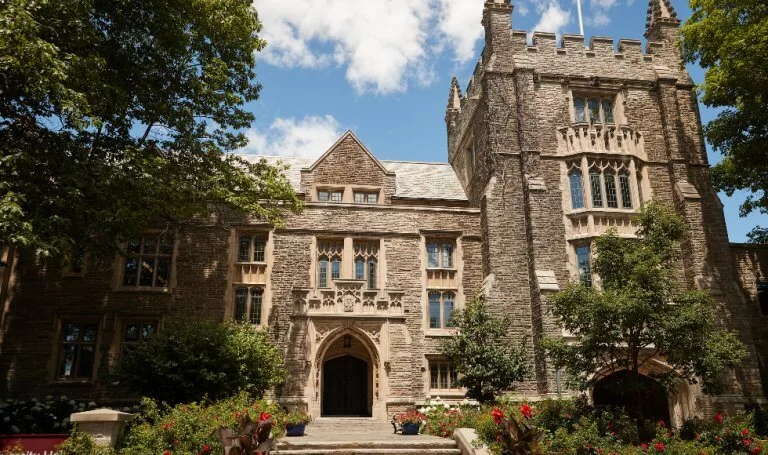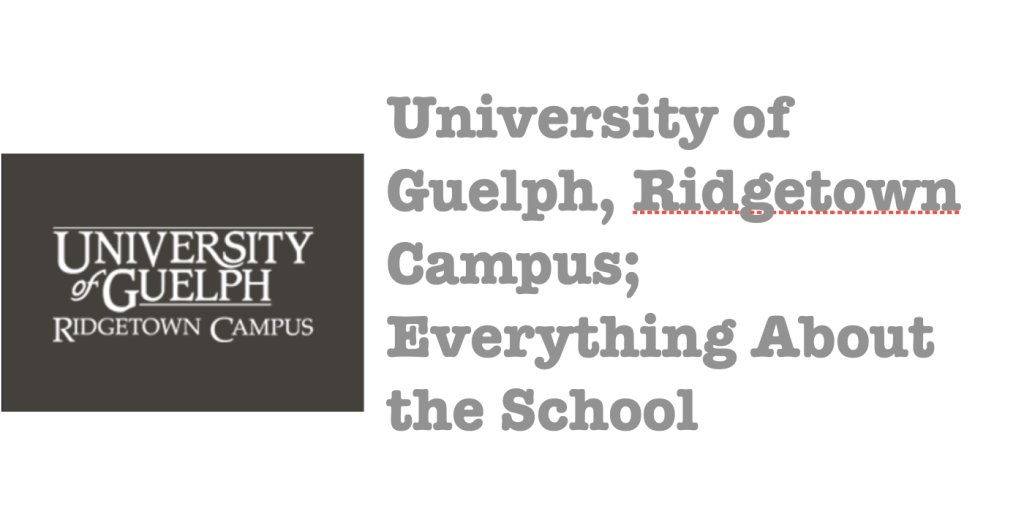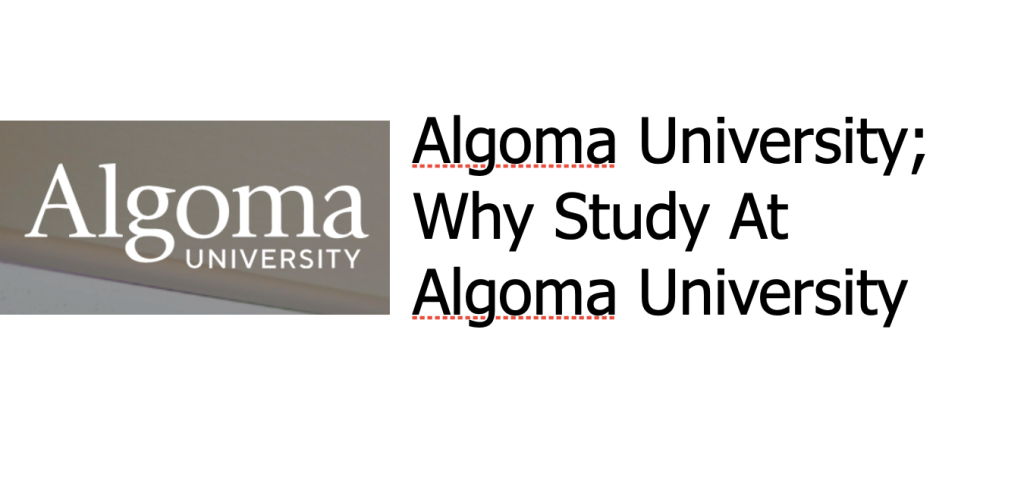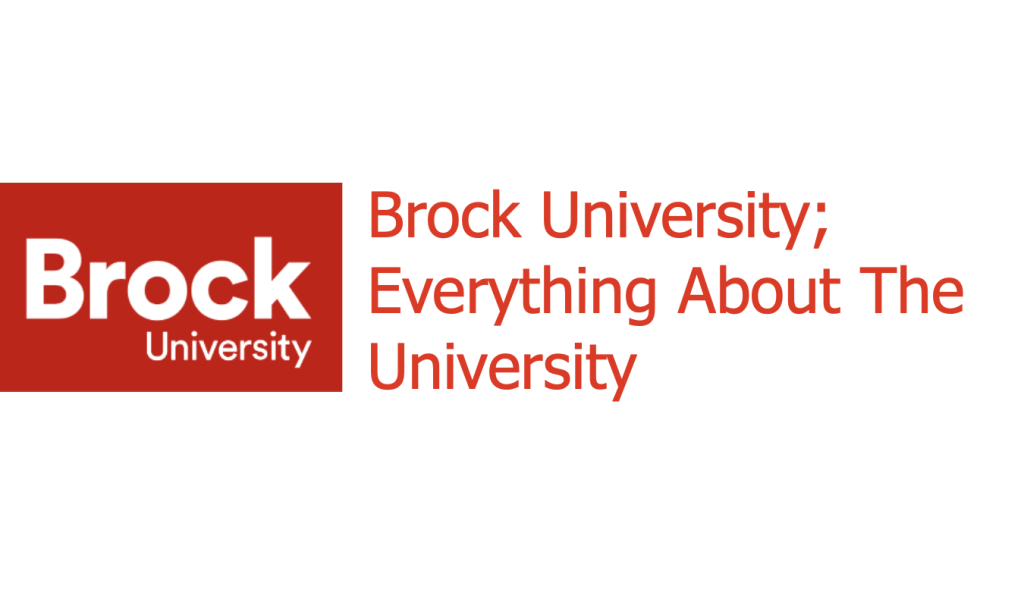Understanding McMaster University’s Acceptance Rate — Are you considering applying to McMaster University and curious about its acceptance rate? Look no further! In this article, we will delve deeper into the acceptance rate at McMaster University, providing you with valuable insights and a comprehensive understanding of this crucial aspect of the application process. As one of Canada’s leading research-intensive universities, McMaster attracts thousands of applicants each year, making it essential to understand the acceptance rate trends and factors that influence admissions decisions.
We will explore the historical acceptance rate data, the factors that McMaster considers when evaluating applications, and strategies to enhance your chances of acceptance. Whether you are a prospective student, a concerned parent, or simply curious, this article will equip you with the knowledge needed to navigate the admissions process and make informed decisions. So, let’s unravel the mysteries of McMaster University’s acceptance rate together and pave your way towards academic success!
Table of Contents
What is acceptance rate and why is it important?
Before we dive into the specifics of McMaster University’s acceptance rate, let’s first understand what acceptance rate actually means and why it holds such significance for prospective students. Acceptance rate is the percentage of applicants who are admitted to a particular university or college. It serves as an indicator of the competitiveness of the institution and gives applicants an idea of their chances of getting accepted.
Read Also: McMaster University and Everything You Need To Know
Acceptance rate can vary widely depending on the institution’s popularity, reputation, and the number of available spots. Understanding the acceptance rate can help you assess your likelihood of admission and make informed decisions about where to apply and how to improve your application. So, let’s take a closer look at the factors that influence the acceptance rate at McMaster University.
Factors that influence acceptance rate at McMaster University
McMaster University takes a holistic approach to admissions, considering various factors when evaluating applications. While a high acceptance rate may seem desirable, it is important to note that the university strives to maintain a balance between academic excellence and diversity among its student body. Here are some key factors that influence the acceptance rate at McMaster University:
Read Also: How To Apply To McMaster University
1. Academic Achievement
McMaster University values academic excellence and places significant emphasis on applicants’ high school grades, particularly in prerequisite subjects relevant to their chosen program. Strong academic performance in these subjects is crucial for securing admission.
2. Standardized Test Scores
While not all programs at McMaster University require standardized test scores, some may request SAT or ACT scores as part of the application. These scores, along with other academic achievements, can play a role in the admissions decision.
3. Personal Statement and Supplementary Application
McMaster University places importance on the personal statement and supplementary application, as they provide an opportunity for applicants to showcase their unique qualities, experiences, and motivations. These components allow the admissions committee to assess an applicant’s fit with the university’s values and mission.
4. Extracurricular Activities and Leadership
McMaster University values well-rounded individuals who have demonstrated leadership skills and a commitment to their communities. Participation in extracurricular activities, volunteer work, and leadership roles can strengthen an applicant’s profile and increase their chances of acceptance.
5. Letters of Recommendation
Letters of recommendation provide insight into an applicant’s character, abilities, and potential for success. McMaster University considers these letters as part of the holistic evaluation process, looking for recommenders who can speak to an applicant’s academic strengths, personal qualities, and achievements.
6. Interviews (where applicable)
Some programs at McMaster University may require interviews as part of the application process. These interviews provide an opportunity for applicants to further showcase their abilities, passion, and suitability for the program.
It is important to note that while these factors influence the acceptance rate, there is no fixed formula or set weightage for each criterion. McMaster University evaluates applications on an individual basis, taking into account the unique qualities and experiences of each applicant. Now that we have a better understanding of the factors that influence acceptance rate, let’s explore the historical trends in McMaster University’s acceptance rate.
Historical trends in McMaster University’s acceptance rate
Understanding the historical trends in McMaster University’s acceptance rate can provide valuable insights into the competitiveness of the institution and help applicants gauge their chances of acceptance. It is important to note that acceptance rates can fluctuate from year to year based on various factors, including changes in application volume, program popularity, and admission policies. However, analyzing the patterns over time can give us a general idea of the university’s admission trends.
In recent years, McMaster University has seen a steady increase in the number of applications, making the admission process more competitive. While the overall acceptance rate may vary across different programs and faculties, the university’s commitment to maintaining a high standard of academic excellence remains consistent. It is important to keep in mind that acceptance rates are influenced by many factors beyond the control of applicants, such as the number of available spots, the quality of the applicant pool, and the university’s strategic goals.
To accurately assess your chances of acceptance, it is recommended to refer to the most recent acceptance rate data provided by McMaster University and consider the specific program or faculty you are applying to. This will give you a better understanding of the acceptance rate trends and competitiveness for your chosen field of study. Now, let’s compare McMaster University’s acceptance rate to other universities to gain a broader perspective.
How does McMaster University’s acceptance rate compare to other universities?
When it comes to comparing acceptance rates among universities, it is crucial to consider the specific programs or faculties being evaluated. Acceptance rates can vary significantly across different fields of study, making it important to analyze data within your specific area of interest. However, as a research-intensive university, McMaster University is known for its competitive admission process across various disciplines.
While specific acceptance rate comparisons may not always be readily available, it is important to focus on the factors that contribute to a university’s overall competitiveness. McMaster University’s commitment to academic excellence, its unique problem-based learning approach, and its strong research programs all contribute to the institution’s selectivity. As a result, the acceptance rates at McMaster University may be lower compared to universities with less competitive programs or with larger class sizes.
It is worth noting that acceptance rates alone should not be the sole determinant in choosing a university. Factors such as program fit, faculty expertise, campus culture, and available resources should also be considered when making your decision. Now that we have explored the acceptance rate comparisons, let’s gain a better understanding of the application process at McMaster University.
Understanding the application process at McMaster University
The application process at McMaster University is designed to assess an applicant’s suitability for their chosen program and to ensure a diverse and talented student body. Understanding the steps involved in the application process can help you navigate it successfully. Here’s a breakdown of the key components of the application process at McMaster University:
1. Online Application
The first step is to complete the online application through the Ontario Universities’ Application Centre (OUAC). This centralized application system allows you to apply to multiple universities in Ontario, including McMaster University.
2. Prerequisite Courses
Ensure that you meet the specific prerequisite course requirements for your chosen program. These requirements vary across programs and faculties, so it is important to review the program-specific admission requirements.
3. Transcripts
Submit your official high school transcripts or any post-secondary transcripts if applicable. McMaster University evaluates applicants based on their academic performance, so it is crucial to provide accurate and up-to-date transcripts.
4. Personal Statement and Supplementary Application
McMaster University requires applicants to submit a personal statement and, in some cases, a supplementary application. These components allow you to showcase your unique qualities, experiences, and motivations. Take the time to craft a compelling personal statement that reflects your passion for your chosen field of study.
5. Letters of Recommendation
Depending on the program, McMaster University may request letters of recommendation. Choose recommenders who can speak to your academic abilities, personal qualities, and achievements. It is important to give your recommenders ample time to write and submit their letters.
6. Standardized Test Scores
While not all programs require standardized test scores, some may request SAT or ACT scores. If required, ensure that you register for the appropriate test and have your scores sent directly to McMaster University.
7. Interviews (where applicable)
Some programs at McMaster University may require interviews as part of the application process. If you are invited for an interview, prepare by researching the program, practicing common interview questions, and showcasing your passion and suitability for the program.
It is important to carefully review the specific admission requirements for your chosen program and ensure that you submit all required documents by the stated deadlines. Failure to do so may result in your application being deemed incomplete. Now that we have a better understanding of the application process, let’s explore some strategies to improve your chances of acceptance at McMaster University.
Tips for improving your chances of acceptance at McMaster University
While the acceptance rate at McMaster University may be competitive, there are several strategies you can employ to enhance your chances of acceptance. Here are some tips to improve your application and stand out from the pool of applicants:
1. Focus on Academic Excellence
McMaster University places high importance on academic performance, so prioritize your studies and strive for excellence in prerequisite subjects relevant to your chosen program. Take challenging courses, seek additional resources if needed, and aim for strong grades.
2. Craft a Compelling Personal Statement
Your personal statement provides an opportunity to showcase your passion, motivations, and unique qualities. Take the time to reflect on your experiences, goals, and how McMaster University aligns with your aspirations. Be authentic, concise, and persuasive in your writing.
3. Engage in Meaningful Extracurricular Activities
McMaster University values well-rounded individuals, so actively participate in extracurricular activities that align with your interests and showcase your leadership skills. This can include involvement in clubs, sports teams, community service, or other initiatives.
4. Seek Leadership Opportunities
McMaster University appreciates applicants who have demonstrated leadership skills. Take on leadership roles within your extracurricular activities, initiate projects, or volunteer for leadership positions in your community. This will demonstrate your ability to make a positive impact and contribute to the university’s community.
5. Prepare for Interviews (where applicable)
If your program requires an interview, prepare by researching the program, practicing common interview questions, and showcasing your passion and suitability for the program. Practice with mock interviews, gather feedback, and present yourself confidently and professionally.
6. Seek Guidance and Feedback
Reach out to your high school guidance counselor, teachers, or mentors for guidance and feedback on your application. They can provide valuable insights and help you strengthen your application.
Remember that while these tips can enhance your chances of acceptance, there are no guarantees. McMaster University evaluates applications holistically, and each applicant is considered on an individual basis. Now, let’s address some common myths about McMaster University’s acceptance rate.
Debunking common myths about McMaster University’s acceptance rate
When it comes to acceptance rates, several myths and misconceptions often circulate among prospective students. Let’s debunk some of these common myths about McMaster University’s acceptance rate:
1. Myth: McMaster University has a low acceptance rate across all programs
While McMaster University is known for its competitive admission process, acceptance rates can vary widely across different programs and faculties. Some programs may have higher acceptance rates due to larger class sizes or lower demand, while others may be more competitive.
2. Myth: McMaster University only admits students with perfect grades
While academic performance is important, McMaster University takes a holistic approach to admissions. They consider factors beyond grades, such as personal statements, extracurricular activities, and letters of recommendation. A well-rounded application can compensate for lower grades in certain cases.
3. Myth: McMaster University only admits students with exceptional standardized test scores
Not all programs at McMaster University require standardized test scores, and even for those that do, scores are considered alongside other application components. Strong test scores can certainly strengthen your application, but they are not the sole determining factor.
4. Myth: McMaster University only admits students from specific regions or backgrounds
McMaster University is committed to diversity and inclusivity. They consider applications from students across Canada and around the world. Your region or background does not automatically disqualify you from consideration.
5. Myth: McMaster University only admits students with extensive extracurricular involvement
While extracurricular involvement is valued, McMaster University understands that not all applicants have had the same opportunities. Quality over quantity matters, so focus on meaningful engagement and leadership in activities that align with your interests and passions.
Debunking these myths allows you to approach the application process with a clearer and more accurate understanding of McMaster University’s acceptance rate. Now, let’s explore the acceptance rate for specific programs and faculties at McMaster University.
McMaster University’s acceptance rate for specific programs and faculties
As mentioned earlier, acceptance rates can vary significantly across different programs and faculties at McMaster University. It is important to refer to the most recent data provided by the university for accurate and up-to-date information on acceptance rates. The acceptance rates for specific programs and faculties can be influenced by factors such as program demand, available spots, and the quality of the applicant pool.
To obtain the most accurate acceptance rate information for your chosen program or faculty, consult McMaster University’s official website, admissions office, or contact the program directly. They can provide you with specific acceptance rate data and additional insights that can help you make informed decisions about your application.
Remember that acceptance rates should not be the sole determinant in choosing a program or faculty. Consider other factors such as program fit, faculty expertise, available resources, and your own personal and academic goals. Now, let’s bring everything together and conclude our exploration of McMaster University’s acceptance rate.
Conclusion: Understanding McMaster University’s acceptance rate and making informed decisions
In this article, we have delved deeper into McMaster University’s acceptance rate, exploring its importance, the factors that influence it, and strategies to improve your chances of acceptance. We debunked common myths and emphasized the need to consider program-specific acceptance rates when evaluating your chances of admission.
McMaster University’s acceptance rate is influenced by various factors, including academic achievement, standardized test scores (where applicable), personal statements, extracurricular activities, and letters of recommendation. The university takes a holistic approach to admissions, considering the unique qualities and experiences of each applicant.
While the acceptance rate at McMaster University may be competitive, it is important to approach the application process with confidence, focus, and a well-rounded application. Prioritize academic excellence, engage in meaningful extracurricular activities, and craft a compelling personal statement that reflects your passion and motivations.



